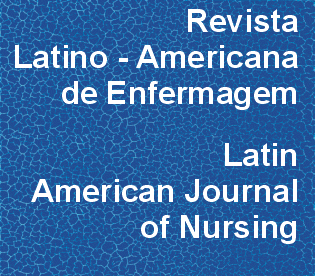Spatial Distribution and Self-Correlation of Mother and Child Health Indicators in the State of Parana, Brazil
DOI:
https://doi.org/10.1590/S0104-11692010000600019Keywords:
Residence Characteristics, Public Health Nursing, Maternal-Child Nursing, Ecological Studies, EpidemiologyAbstract
Aiming to analyze the spatial distribution and self-correlation of data of mother-child health in Parana, Brazil, variables were selected from the Information System on Live Births, grouped into socioeconomic indicators: teenage mother, low education, high parity, race/color black of newborn; healthcare indicators: the prenatal coverage, prematurity and cesarean delivery and result indicators: low birth weight. The indicators were distributed in thematic maps and spatial self-correlation was measured using Morans index that quantifies the degree of self-correlation. There was significant spatial self-correlation of teenage mother, low education and high parity of the "high-high" type in the macro-regions East, Campos Gerais and South; of low coverage of antenatal care in Campos Gerais, Central-south and North and of cesarean delivery in the Northwest. Elevated proportions of indicators of risk to the health of mother and child were found in the regions East, Campos Gerais and South. These results support the evaluation and planning of health services.Downloads
Download data is not yet available.
Downloads
Published
2010-12-01
Issue
Section
Original Articles
License
RLAE’s authorship concept is based on the substantial contribution by each of the individuals listed as authors, mainly in terms of conceiving and planning the research project, collecting or analyzing and interpreting data, writing and critical review. Indication of authors’ names under the article title is limited to six. If more, authors are listed on the online submission form under Acknowledgements. The possibility of including more than six authors will only be examined on multicenter studies, considering the explanations presented by the authors.Including names of authors whose contribution does not fit into the above criteria cannot be justified. Those names can be included in the Acknowledgements section.
Authors are fully responsible for the concepts disseminated in their manuscripts, which do not necessarily reflect the editors’ and editorial board’s opinion.
How to Cite
Melo, E. C., & Mathias, T. A. de F. (2010). Spatial Distribution and Self-Correlation of Mother and Child Health Indicators in the State of Parana, Brazil . Revista Latino-Americana De Enfermagem, 18(6), 1177-1186. https://doi.org/10.1590/S0104-11692010000600019



